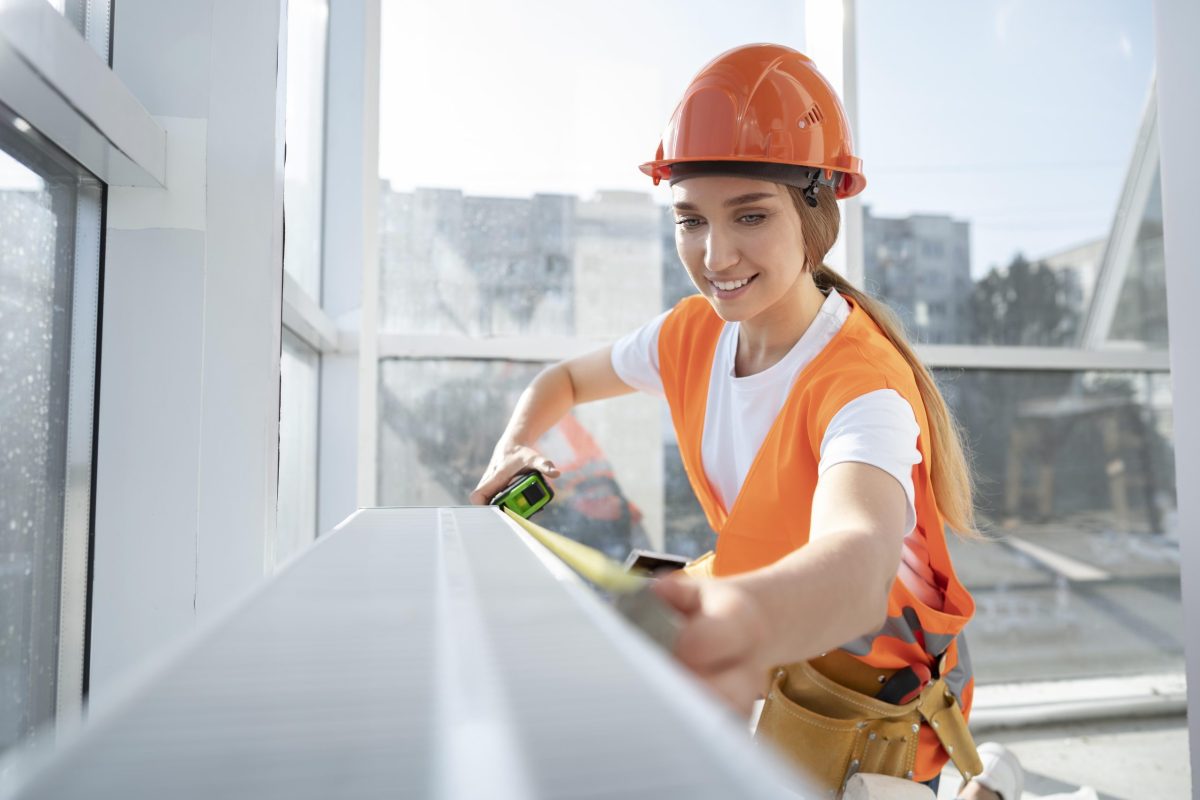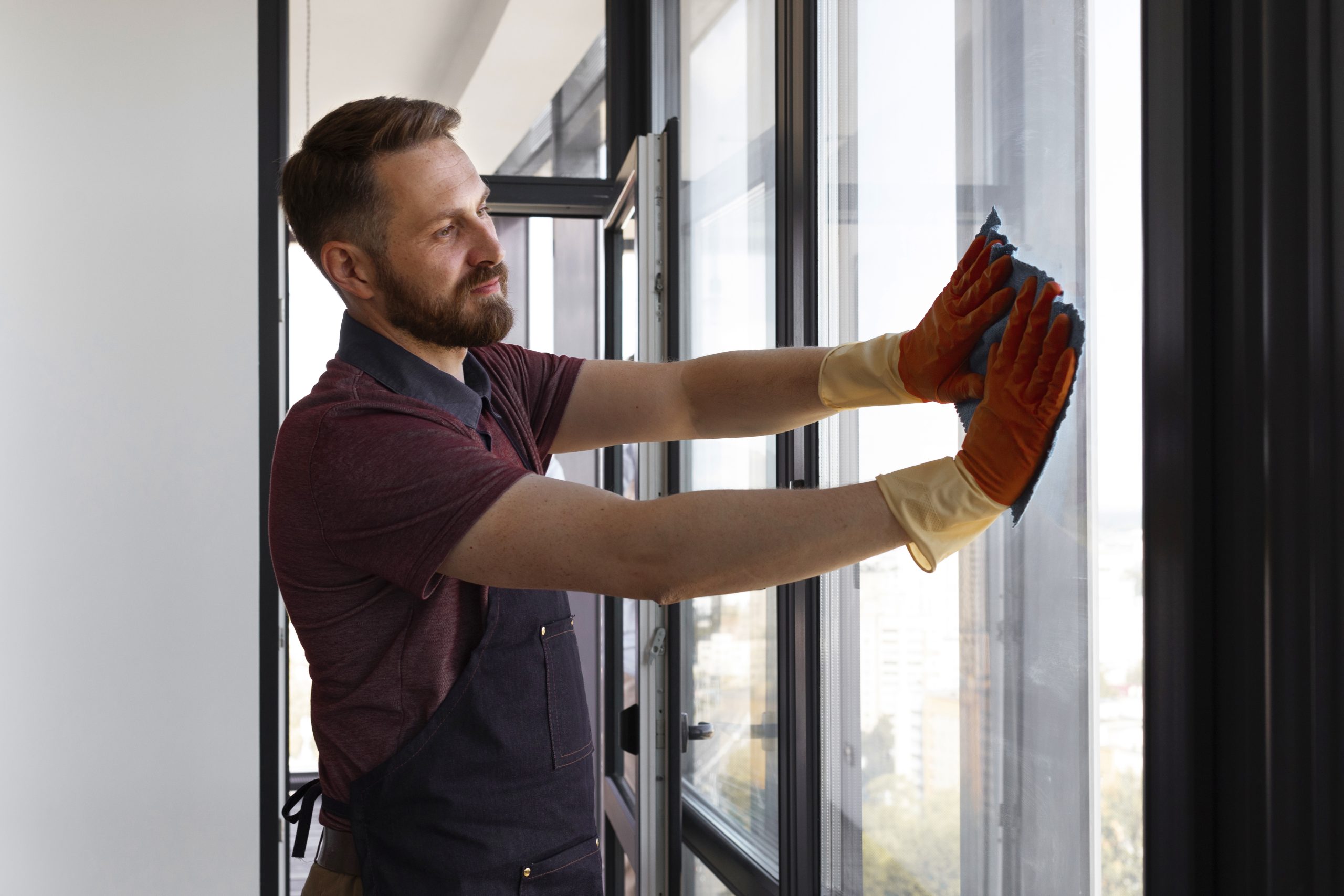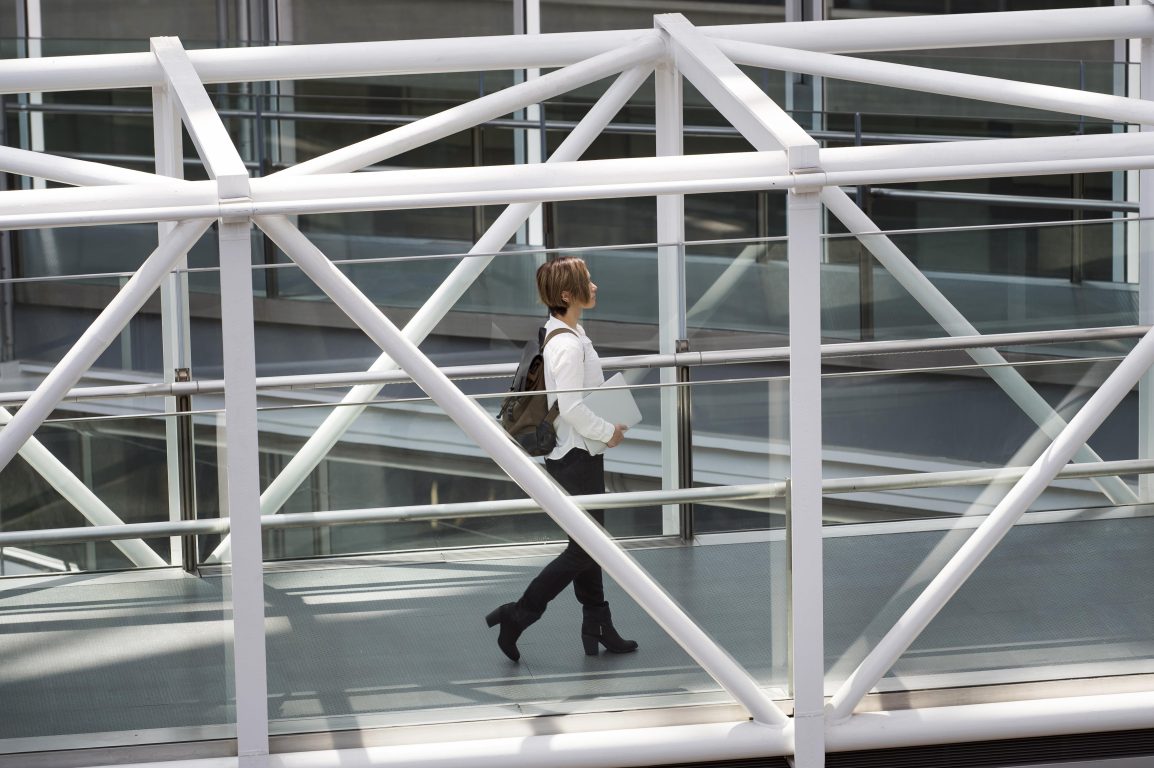
Introduction:
Aluminum and glass works have become essential in the modern construction industry. Their combination ensures physical stability while delivering high aesthetics, energy efficiency, and environmental sustainability. As a backbone of building construction, aluminum and glass enhance the architectural landscape, making them crucial for contemporary structure.
Market Growth of Aluminum and Glass Works
Aluminum and glass works are one of the major advances within the sphere of construction works.
Aluminum and glass are key in modern architecture for their strength, flexibility, and sustainability. Used in everything from facades to signage, they offer durability, energy efficiency, and aesthetic appeal, making them essential in today’s designs.
How Aluminum and Glass Plays a Role in the Construction
Lightweight and Durable
Aluminum is one of the light metals used in construction works owing to its favourable weight/strength ratio cheap allowing the construction of high structures. This ensures its exposure to various weather conditions which includes wind, rain, and change of temperature with ease. With the efficiency of glass, especially low-emissivity (Low-E), this makes for an environmentally favourable long-lasting and attractive structure.
Energy Efficiency
Energy efficient architecture is emerging as a fundamental design principle in construction practice. Low-E coatings are effective in controlling the passage of heat through the window system, while the aluminum siphon allows to avoid over mechanical heating or cooling of the structure. This approach supports the use of environmentally appropriate construction materials, with energy efficiency as a key aspect of design.
Recyclability
Also the building materials used — aluminum and glass are recyclable in nature, thus, play a vital role in green building. Re-used aluminum bars the need for as much as 95 energy as in the primary production whereas glass can be recycled over and over again without any degradation. Such characteristics are an added value to LEED certified buildings.
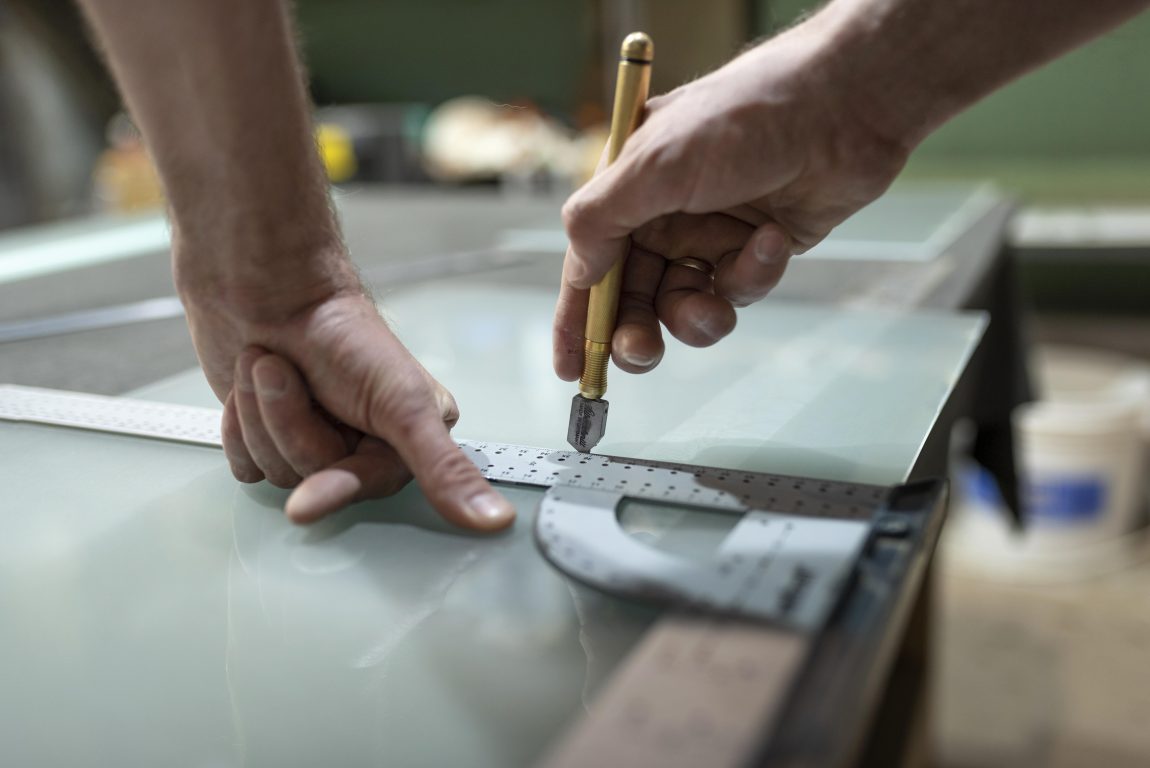
Key Applications of Aluminum and Glass in Architecture
Aluminum window Frame and Glass Facade
Aluminum window frames provide structural support for larger panes of glass to let in more natural light. These materials allow enough architectural creativity that shapes up unique modern architecture. Glass facades, in construction are now a trend in modern high-rise buildings where these structures actually communicate transparency and inventions.
Metal Cladding and Fins II
In multi-story architectural designs, aluminum curtain walls are indispensable since they offer a hard but light-weight outer shell. Generally, it is enshrined that within the wall system curtain system, glass enhances the visual enhancement of the building. It is noted that architectural aluminum tendencies illustrate an increasing trend in the usage of curtain walls for not only the functional but also for the aesthetic designs.
Skylight And Natural Daylight System
Tempered insulated glass skylights enhance natural light penetration, reducing artificial lighting needs and boosting energy efficiency. Common in modern architecture, they improve both design aesthetics and occupants‘ well-being.
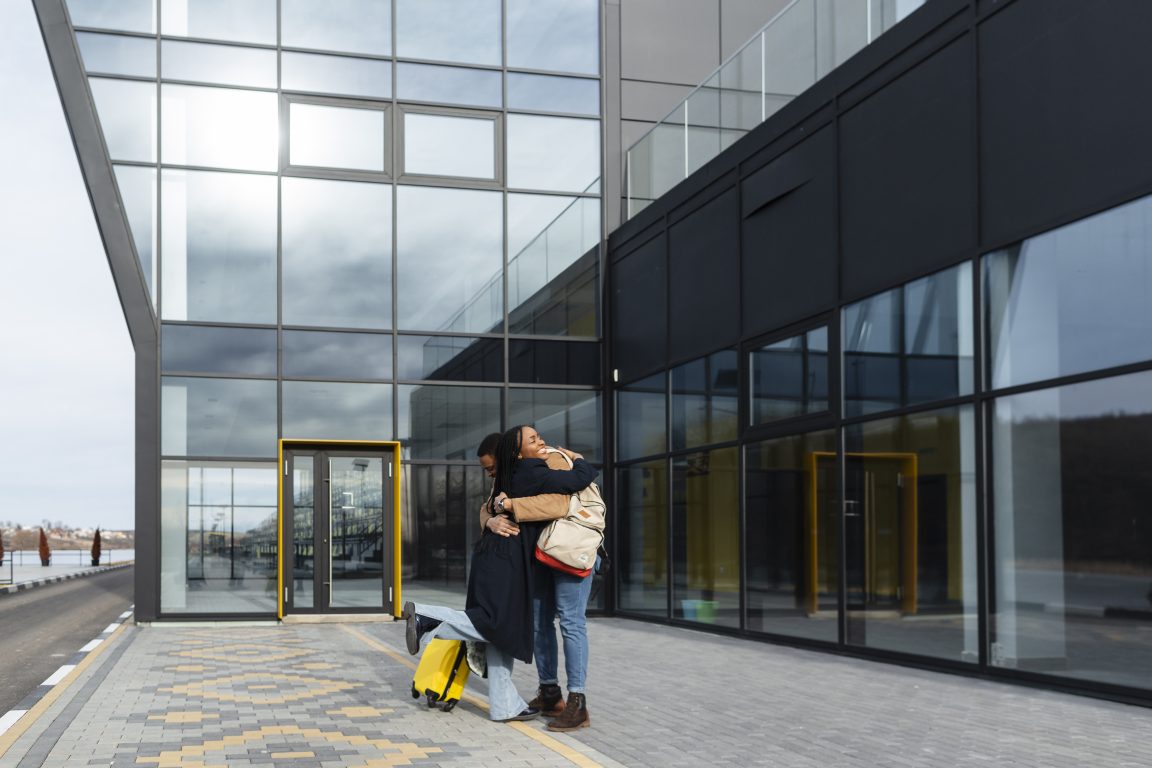
Aluminum and Glass Works in Energy Friendly Structures
Environmentally Friendly Construction Materials
Furthermore, the implementation of green building materials technology, especially using aluminum cladding systems and low-energy glazing systems, aims to decrease the carbon footprint. The use of architectural aluminium is also gaining popularity in green technologies where menstruation of roofing panels to aluminium ceiling tiles is done with eco-friendliness in mind.
Aluminum Alloys and Inventions
Also building constructional applications of architectural aluminium development innovations such as new alloys usage have made aluminum’s attractiveness in construction even better. These developments make it possible to increase the malleability, strength, and corrosion resistance of the material which is very ensure durability of the material while reducing cases requiring maintenance very greatly.
Issues and Ways out in Employment of Aluminum and Glass in Construction
Thermal Conductivity and Insulation
In spite of aluminum being lightweight, its thermal conductivity is also high meaning it is not very good at insulation on sit; therefore, will need further enhancements. The problem can be solved through the use of aluminum-capped insulated glass units, especially Low-E glass to prevent energy losses in the building.
Economization
While aluminum and glass offer higher costs at the outset compared to wood or plastic, the same practices will save costs because the materials will outlive and require low costs of maintenance and are recyclable. This is especially more pronounced in the LEED certified buildings in which aluminum beams are purpose for rendering energy savings and sustainability.
Developments in the Use of Aluminum and Glass
Aluminum spandrels, louvers, and partitions has also been focused on rising its ventilation and shading energy efficiency. Glazed structures are also changing, smart wall glass use has that glass places can change on amount of sunlight that penetrates that room further making it more energy efficient.
Case Studies of Aluminum and Glass Works
Skyscrapers and Aluminium Clear-Span Envelope
As witnessed from other skyscrapers with an aluminum collar, aluminum in skyscraper design has been a revolutionary concept used in such unique buildings as Burj Khalifa, which features the use of building facade made of the aluminum clad in sizing structural performance. An allowance for energy saving applies as structural glass walls in the building make it possible to have magnificent views.
Modern Residential Homes
Aluminium doors and windows replace the need for excessive ornamentation in residential architecture as well as contribute towards energy saving. Many modern residential houses today are able to provide innovative laminated glass technology and energy saving glazing enabled as passive designs.
Aluminum and Glass in Historic Architecture
As much as the modern architecture has heavily relied on aluminum and glass, those materials are not new. In cathedral construction, decoration such as stained glass windows is an example of glass serving both a purpose alongside decoration. In the current time, glass building trends continue to change from old images to new images.

FAQs
What are the advantages aside from the lightweight of these materials such as aluminum and glass in construction?
In what ways do aluminum and glass feature in sustainable building designs?
Do aluminum and glass cost more as compared to other materials?
In what other ways can aluminum be used in the field of architecture?
Conclusion:
Moving forward, it is highly anticipated that aluminum and glass will be integrated within the construction space more than it is the case in the present. Their benefits are ideal in light of the increasing pressures towards green, energy-efficient, aesthetically beautiful structures. With further this issue investigation and developments in fabrication methods and designs, such materials are likely to remain at the cutting edge of architectural advancement in the future.
External Link: Sustainable construction LEED certification and its advantages.

